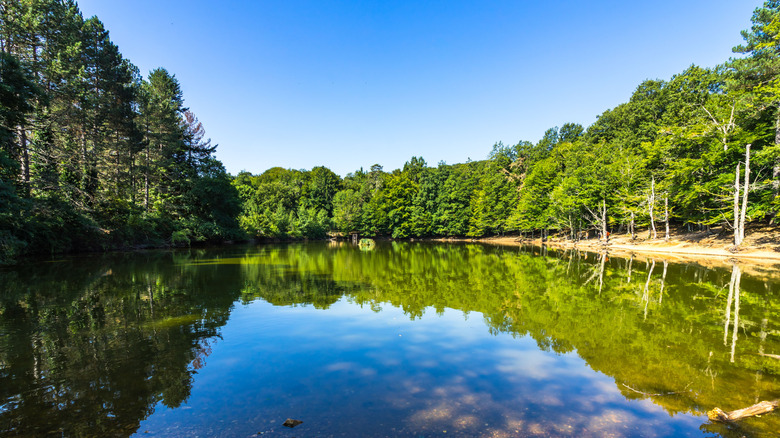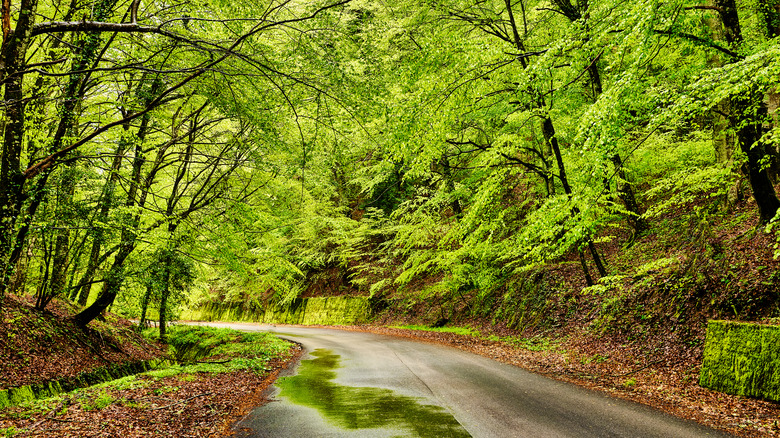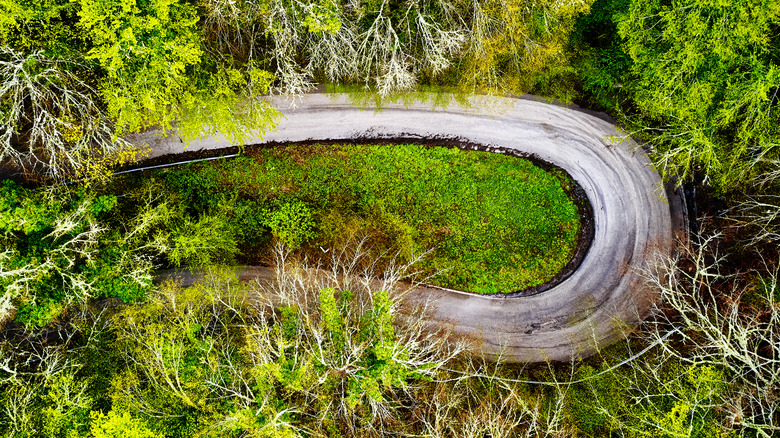In the Gargano Peninsula, where quiet medieval towns lie tucked away hidden in the Italian mountains, and far from the well-trodden paths of the nearby cities of Venice and Florence, there lies a forest so dense in natural beauty that it could be something from a fairytale. The Foresta Umbra, which translates to the “shady forest” is the heart of Gargano National Park, perhaps Italy’s most biodiverse woodland, with ancient trees covering over 10,000 hectares of land.
This massive, biodiverse forest in northern Puglia, which is better known for its stunning gothic architecture and sunny beaches, is a captivating remnant of the primaeval forests which once covered much of the continent. Recognized by UNESCO for its ecological significance, some of the beech trees in Umbra are thought to be over 500 years old. Walking beneath the thick canopy of these giants is like being transported into a living museum that tells of the history of the European continent. With more than 2000 plant species known to exist in its depths, this forest is a sanctuary of life.
Umbra Forest, where nature and spirituality collide
Here, in the lush depths of Umbra, you’ll find an incomparable silence and tranquility. As one of the most botanically diverse forests in Italy, springtime visitors will be greeted with blankets of wild orchids and violets, with rosemary, thyme and other aromatic herbs filling the air with their fragrance. Beech trees tower overhead, and other parts of the forest host oak and hornbeam, creating an evocative and varied landscape that shifts throughout the seasons. However, it’s not only the flora that’s rich and diverse, with the forest being home to a wide range of fauna, including wild boar, roe deer, red foxes and badgers. This biodiversity means that rarely seen animals such as the European wildcat have even been spotted in the midst of the forest, and lucky visitors may hear the call of the Apennine wolf from far away. Likewise, over 170 bird species live in the depths of the forest.
Umbra isn’t just a place where nature thrives; it also holds great historical and cultural significance for the locals. With the nearby Sanctuary of Saint Michael the Archangel in the vicinity, the forest paths have served as routes for monks and pilgrims, with Umbra being a site of pilgrimage since around the 5th century. Even today, stepping onto the trails feels like stepping into an ancient ritual.




